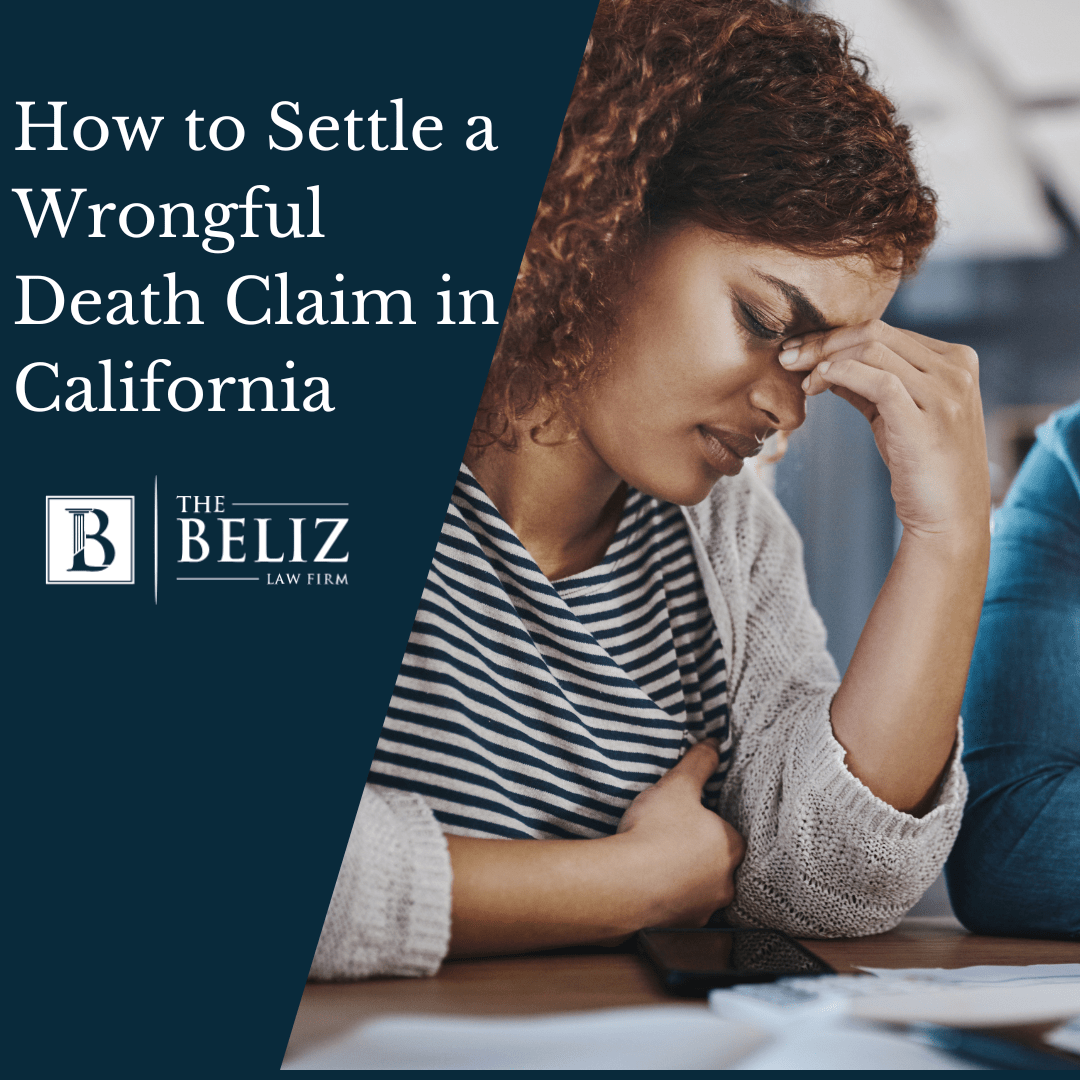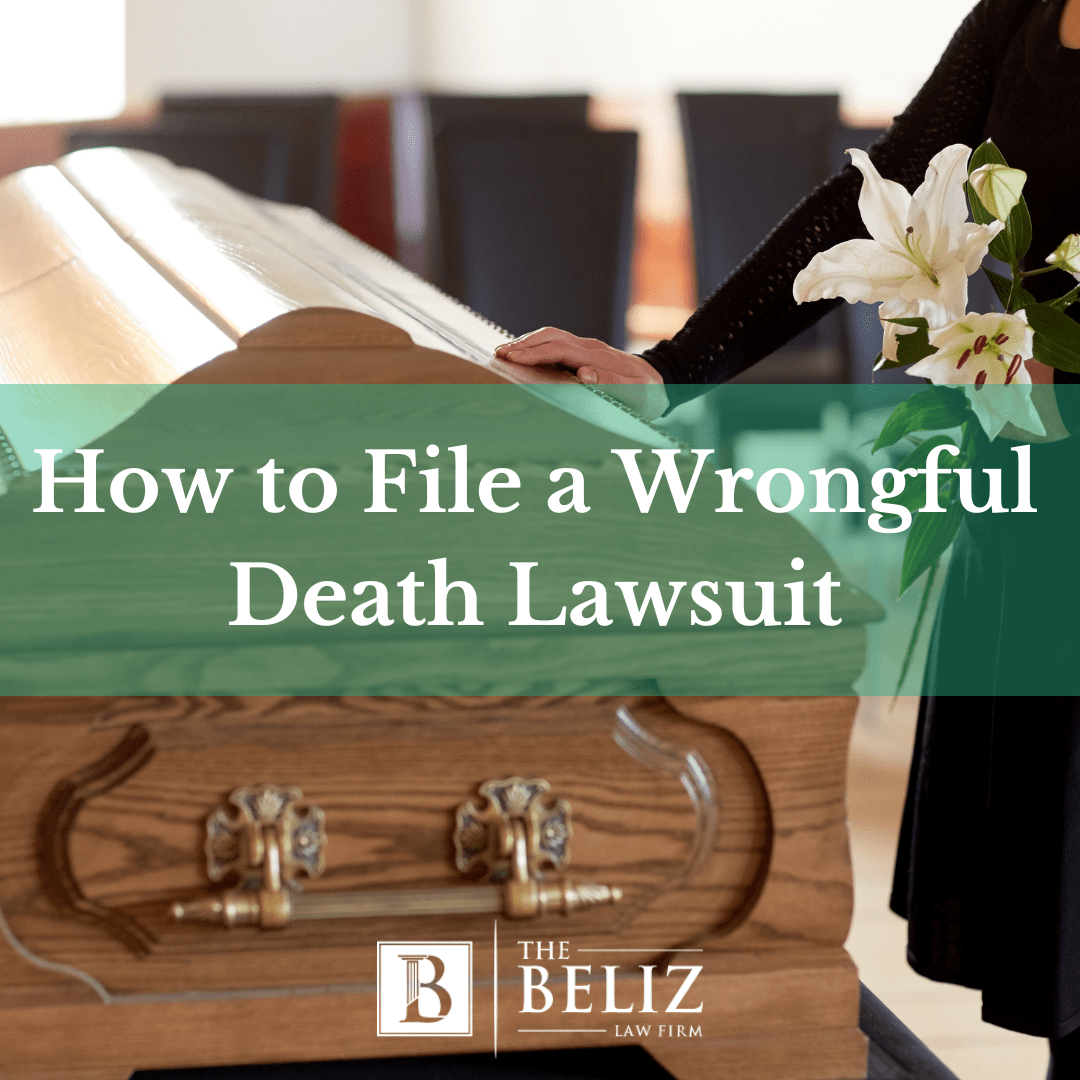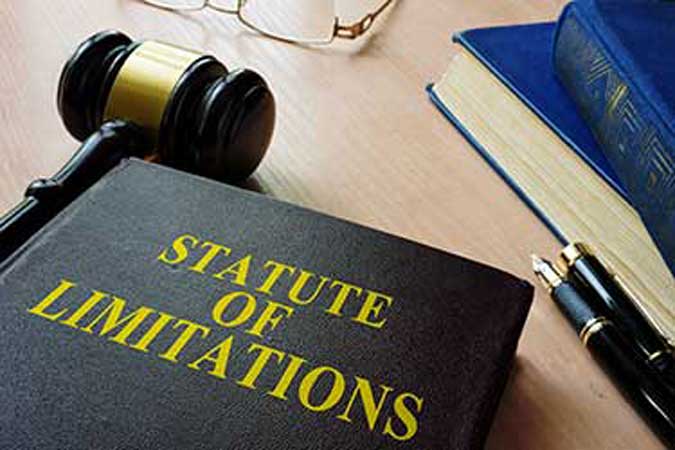 Wrongful Death
Wrongful Death
Settling a Wrongful Death Claim in California
Jan 7, 2025 | Read Time: 4 minutesLosing a loved one due to someone else’s negligence is one of the most difficult experiences a family can face. During this overwhelming time, navigating the legal process of filing a wrongful death claim can feel like an additional burden. At The Beliz Law Firm, we understand the emotional and financial challenges that arise after such a loss. Our firm is committed to providing personalized, one-on-one legal attention, ensuring you’re not just another case number. We aim to help families throughout California secure fair compensation while treating them with the respect and compassion they deserve. This article will guide you through what to expect when settling a wrongful death claim, including timelines, settlement negotiations, and key steps in the process. How Long Does It Take to Settle a Wrongful Death Claim? The time it takes to settle a wrongful death lawsuit can vary significantly depending on the specifics of the case. While some claims might settle in months, others could take longer—potentially years if the case involves complicated legal issues or contested facts. Here are some key elements that influence the length of the settlement process. Complexity of the Case The complexity of the wrongful death case is one of the most significant factors affecting how long it takes to settle. Cases involving several negligent parties (e.g., a car accident involving multiple vehicles) can require additional time to investigate and sort out liability. Additionally, disputes over who is at fault or whether negligence occurred can delay the settlement process. Insurance Negotiations Insurance companies often aim to settle claims quickly, but they may try to minimize the amount they pay out. The negotiation process can take time, especially if the insurer offers an initial low settlement amount. Your attorney may need to negotiate back and forth to secure a fair compensation package for medical expenses, lost wages, funeral costs, and emotional distress. If the insurer refuses to make a fair offer, the case may need to proceed to trial, which adds more time. Gathering Evidence and Investigation To build a strong case, your attorney must gather evidence, conduct investigations, and interview witnesses. This process could include obtaining police reports, medical records, and expert testimony. The more complicated the case or the longer it takes to gather all relevant information, the longer the settlement process will take. In some cases, your lawyer may also need to wait for the completion of any coroner or autopsy reports, which can take additional time. Legal Proceedings and Court Filings If your attorney cannot reach a fair settlement after extensive negotiations, the case may go to trial. Litigation can significantly extend the timeline for settling a wrongful death claim. The court system in California is often backlogged, meaning trial dates can be delayed or set far into the future. The wrongful death lawsuit process is fraught with time spent on pretrial motions, depositions, and discovery processes that add to the overall duration. Additionally, appeals are always possible after the trial finally occurs. In California, families typically have two years from the date of the loved one’s death to file a wrongful death lawsuit. This deadline, known as the statute of limitations, is important to remember when considering legal action. Wrongful Death Lawsuit Process The settlement process for a wrongful death claim involves several key steps. Investigation and Evidence Collection Your attorney will investigate the circumstances of the death, collect evidence, and identify the responsible parties. This may involve reviewing police reports, medical records, and witness statements. Filing the Claim Once your attorney gathers evidence, they can file the wrongful death claim. This notifies the at-fault party and their insurance company of the intent to pursue compensation. Negotiating a Settlement Wrongful death claim settlement negotiations can take place throughout your case, and most wrongful death claims are resolved in an agreement. During this phase, attorneys present evidence of the damages, including financial losses, medical expenses, funeral costs, and emotional distress. Reaching a Settlement Agreement If the parties agree on compensation, the claim concludes with a wrongful death settlement agreement. If negotiations are unsuccessful, the case may proceed to trial. What Factors Affect the Settlement Amount? Settlement amounts vary based on several factors, including: Remember, strong evidence of fault can lead to higher settlement offers, while disputed liability may reduce the potential payout. How Long Does a Wrongful Death Lawsuit Take to Settle? Every case is unique, and navigating a wrongful death claim without legal representation can be challenging and delay your settlement. Insurance companies often attempt to settle quickly and for less than the claim’s true value. Having an attorney to advocate on your behalf can make a significant difference in the outcome of your case. At The Beliz Law Firm, we focus on securing fair compensation for our clients while providing the one-on-one attention they deserve. With extensive experience handling wrongful death claims, we are here to guide you through the process every step of the way. Wrongful Death Claim Settlement Negotiations Attorney At The Beliz Law Firm, we provide families with compassionate legal support during one of the most challenging times in their lives. With a focus on delivering small firm attention and big firm results, we work tirelessly to guide clients through every step of the wrongful death claim process. Whether negotiating with insurance companies or preparing for trial, we are committed to using our experience and expertise to pursue the justice and compensation your family needs and deserves. Are you still wondering, How long does it take to settle wrongful death claims? If you have questions about how long it takes to settle a wrongful death suit or need guidance on the lawsuit process in California, we are here to help. Contact us today for a free consultation, and let us stand by your side as you seek answers and closure.
Continue Reading


